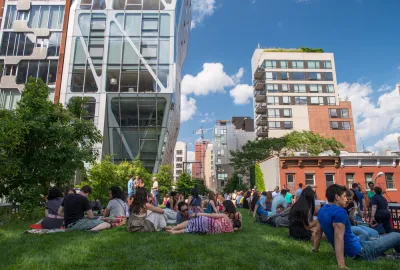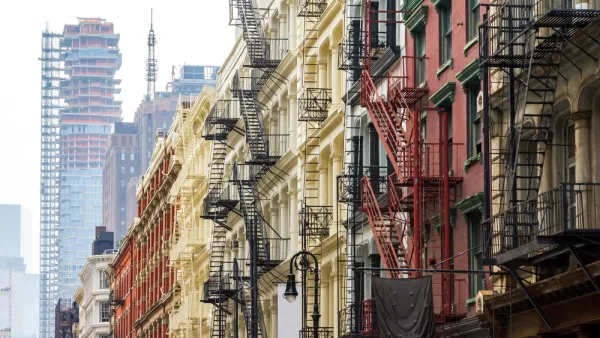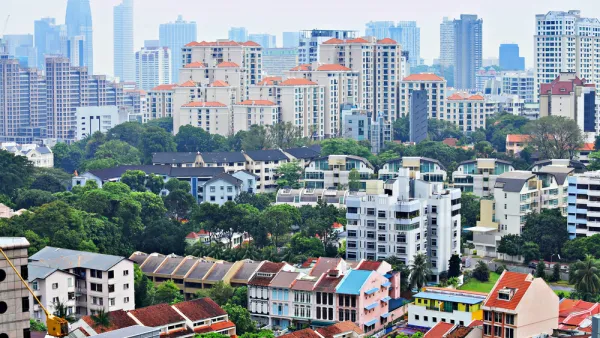The public health and economic crises caused by the coronavirus are threatening to further entrench inequality in America—between regions and within cities.

According to Clara Hendrickson and Mark Muro, "the pandemic might intensify the unevenness of America’s divergent economy, with disturbing implications."
Because the coronavirus first spread through affluent urban centers—San Francisco, Seattle, and New York City—some have wondered whether the pandemic would bring about a more geographically balanced economy by inspiring white collar workers will move in droves to less expensive parts of the country that could badly use the economic boost. "Don't bet on it," write Hendrickson and Muro. "Despite the increasing adoption of digital technology in American workplaces, economic activity has become more—not less—concentrated," according to the duo. As for why:
...while the density of large cities may be a disadvantage in fighting the spread of the coronavirus, it likely will remain an advantage in a 21st century knowledge economy, where the biggest places with the richest exchanges of ideas among highly educated workers have enjoyed the greatest economic returns.
The article also examines the pandemic's unequal consequences within cities (i.e., not just the inequality between cities and regions)—as neighborhoods in some of these cities, filled by blue collar workers keeping the economy afloat while bearing the brunt of the public health consequences of the pandemic.
FULL STORY: Will COVID-19 rebalance America’s uneven economic geography? Don’t bet on it.

National Parks Layoffs Will Cause Communities to Lose Billions
Thousands of essential park workers were laid off this week, just before the busy spring break season.

Retro-silient?: America’s First “Eco-burb,” The Woodlands Turns 50
A master-planned community north of Houston offers lessons on green infrastructure and resilient design, but falls short of its founder’s lofty affordability and walkability goals.

Delivering for America Plan Will Downgrade Mail Service in at Least 49.5 Percent of Zip Codes
Republican and Democrat lawmakers criticize the plan for its disproportionate negative impact on rural communities.

Test News Post 1
This is a summary

Test News Headline 46
Test for the image on the front page.

Balancing Bombs and Butterflies: How the National Guard Protects a Rare Species
The National Guard at Fort Indiantown Gap uses GIS technology and land management strategies to balance military training with conservation efforts, ensuring the survival of the rare eastern regal fritillary butterfly.
Urban Design for Planners 1: Software Tools
This six-course series explores essential urban design concepts using open source software and equips planners with the tools they need to participate fully in the urban design process.
Planning for Universal Design
Learn the tools for implementing Universal Design in planning regulations.
EMC Planning Group, Inc.
Planetizen
Planetizen
Mpact (formerly Rail~Volution)
Great Falls Development Authority, Inc.
HUDs Office of Policy Development and Research
NYU Wagner Graduate School of Public Service





























